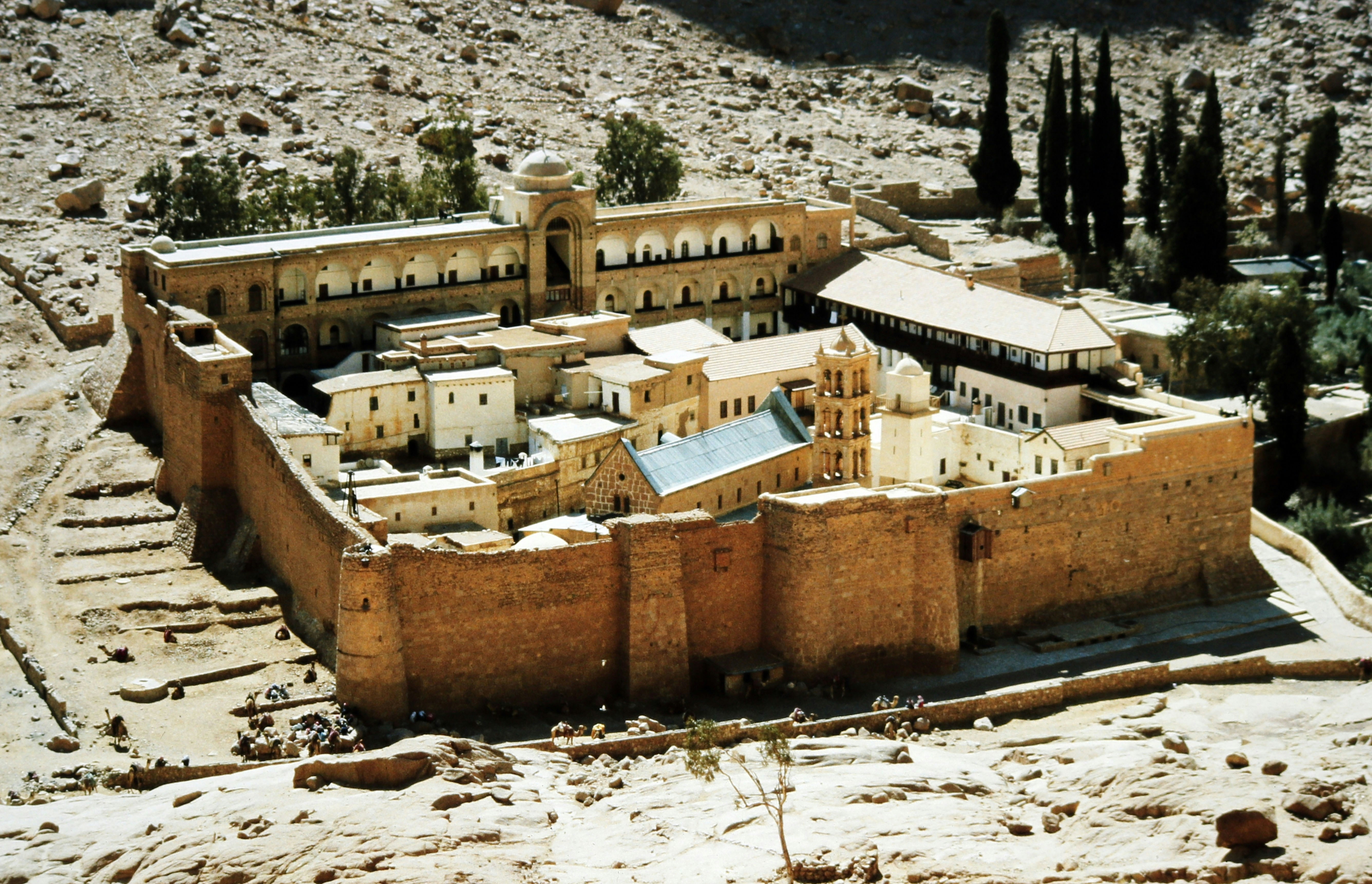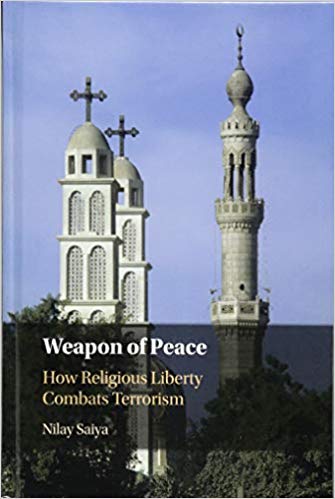This post originally appeared on the USCCB God’s Servant First Blog and is reposted here with permission.
Religious freedom advocates face this predicament: We fervently believe that our cause fosters justice and human dignity yet find that these qualities alone do little to persuade officials in the State Department, Defense Department, National Security Council, or the White House to make promoting religious freedom a high priority. In Washington, only the national interest talks.
Weapon of Peace: How Religious Liberty Combats Terrorism by Nilay Saiya (Cambridge University Press, 2018).
Available: Cambridge Press | Amazon
Well, a formidable case that religious freedom affects our interests now emerges in a book by political scientist Nilay Saiya, Weapon of Peace: How Religious Liberty Combats Terrorism, published this year by Cambridge University Press. (Full disclosure: I was the adviser of Saiya’s doctoral dissertation, on which the book is based). Saiya’s thesis is simple: when governments violate the religious freedom of their citizens, they foment religious terrorism.
As Saiya documents, terrorism based on religious motivations has risen massively around the globe since the attacks of September 11, 2001. Religious terrorism has been a sizable chunk of terrorism in general, he shows, accounting for 38 of 50 of the deadliest attacks and 71% of the lives lost in attacks between 1970 and 2014 – figures all the more remarkable given that this form of terrorism only began to spread in the 1990s. Religious terrorist groups are demonstrably deadlier and longer lasting than other terrorist groups, he also demonstrates.
Through careful social science, Saiya then shows that religiously repressive regimes are a major contributor to religious terrorism. His statistical study of 151 countries from 2001-2013 shows that government restrictions of religion correlate strongly with religious terrorism. He illustrates how repression breeds violence in eight countries – Pakistan, Central African Republic, India, Burma, Israel, Egypt, Libya, and Tunisia – and, conversely, how religious freedom unleashes religious communities to contribute to the common good in three countries – South Africa, Senegal, and the United States. These dynamics admit of variation but share a common core logic: Religious communities turn to violence when their aspirations to express and spread their beliefs are suppressed.
It is not hard to see how all of this is relevant to American national interests. Since at least 2001, U.S. foreign policy has been pre-occupied with countering violent extremism – a large proportion of it religious. Precisely to contain religious terrorism, the U.S. has fought the longest war in its history in Afghanistan.
Yet, during most of this period, religious freedom has remained marginal in U.S. foreign policy, despite Congress’s efforts to elevate it through the International Religious Freedom Act in 1998. This past summer, Secretary of State Michael Pompeo made a stride in the right direction by hosting a “Ministerial to Advance Religious Freedom” that convened high-level officials and activists from around the world. Saiya’s analysis, though, suggests that something far stronger is warranted – a concerted effort, directed from the highest levels of government, to encourage regimes to ease restrictions on religion through diplomacy, economic incentives, and training in the rule of law. It is high time that religious freedom was high politics.
Daniel Philpott is a professor of Political Science at the University of Notre Dame and Senior Associate Scholar at the Religious Freedom Institute. Philpott specializes in the relationship between religion and politics and Catholicism’s contributions to freedom and democracy.
THE RFI BLOG

Is Egypt’s Government Trying To Take Over Christianity’s Most Important Monastery?

Does Southeast Asia Lead the World in Human Flourishing?

RFI Leads Training Session on Religious Freedom Law and Policy for U.S. Army War College

Oral Argument in Charter School Case Highlights Unconstitutional Motives Behind OK Attorney General’s Establishment Clause Claim

Largest Longitudinal Study of Human Flourishing Ever Shows Religion’s Importance
CORNERSTONE FORUM

Reaffirming Religious Freedom: Bridging U.S. Advocacy and Iraq’s Constitutional Framework

Political Polarization, Same-Sex Marriage and Religious Liberty

Bridging the Gap Between International Efforts and Local Realities: Advancing Religious Freedom in the MENA Region

Challenges to Religious Freedom in Iraq and the Critical Need for Action


